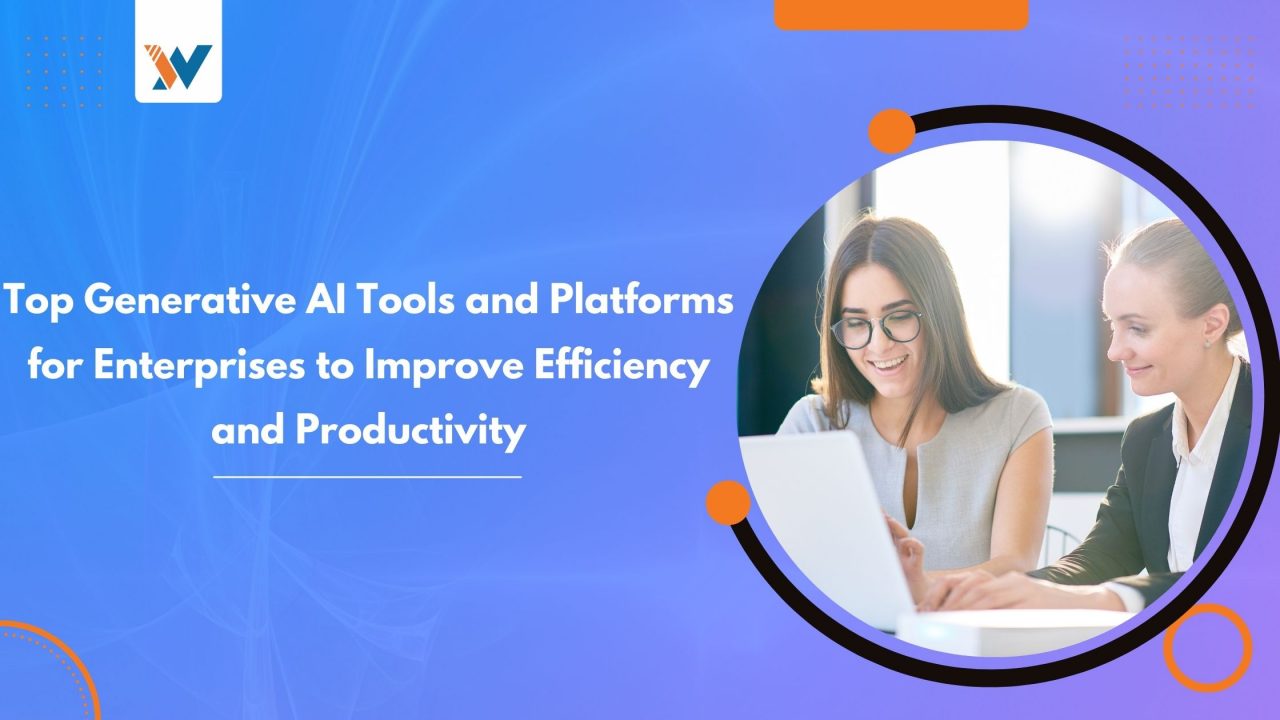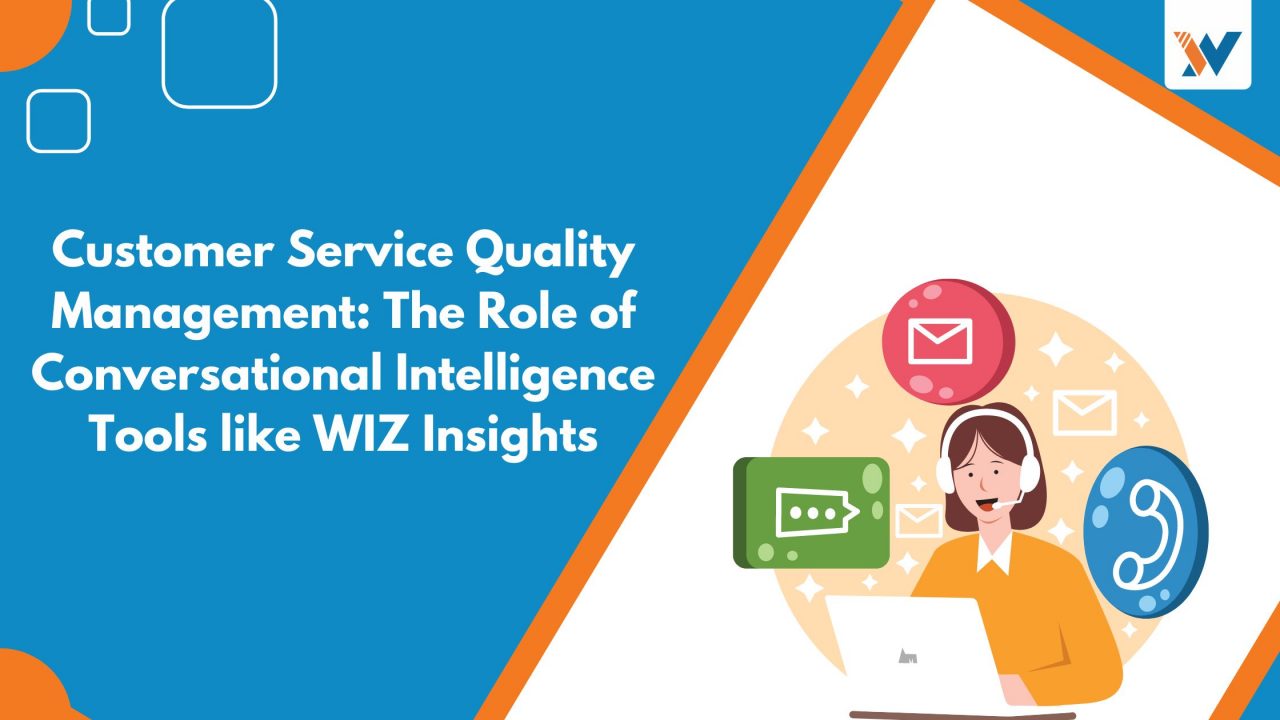Artificial Intelligence (AI) has been growing at a rapid clip in recent months. Activities that typically require human intelligence, such as perception, reasoning, and decision-making, are slowly being transferred to AI. One of things that drove the development of AI is the development of stronger, more robust foundation models.
Foundation models are what enable AI to do more general tasks even without prior specific training. Foundation models act as the base of knowledge and understanding for AI, supported by large masses of data for machine learning. Foundation models are built with specific outcomes in mind, such as the ability to converse, in order to support more accurate and efficient AI applications.
Large language models (LLMs) are a kind of foundation model that enables AI to converse like humans. It’s trained on massive amounts of data and use advanced techniques such as neural networks to understand the complexities of language. LLMs have been used for AI powered chatbots, machine translation, and text summarization. But how do these models actually work? In this article, we will explore the technical details of large language models and provide a high-level overview of their inner workings.
The basics of language modeling
At its core, a language model is a statistical model that estimates the probability distribution of language. In other words, it predicts the likelihood of a particular word or sequence of words given the context of a sentence or document. For example, given the sentence “I like to eat ___ for breakfast,” a language model can predict the most likely word to fill in the blank based on the words that come before it.
The simplest language models are based on n-gram models, which calculate the probability of each word in a sentence based on the frequency of its occurrence in a training corpus, or the mass of data used for training. However, these models have limitations and can struggle with longer sequences of words or with generating novel, coherent text.
Enter large language models
Large language models, on the other hand, are designed to overcome these limitations by using neural networks to process language in a more sophisticated and nuanced way. These models are trained on massive amounts of text data, using a process called unsupervised learning to identify patterns and relationships within the data.
The most common type of large language model is the transformer-based model, which was first introduced by Google in 2017 with the release of the Transformer architecture. Transformer-based models use self-attention mechanisms to capture long-range dependencies between words, allowing them to understand the context of a sentence in a more sophisticated way. This means that they can generate more coherent and contextually appropriate text than n-gram models.
Training a large language model is a complex and computationally-intensive process that typically involves multiple stages. First, the model is initialized with random weights, and then it is trained on a large corpus of text data using a process called backpropagation. Backpropagation adjusts the model’s weights based on the errors it makes in predicting the next word in a sentence. This process is repeated over many iterations until the model achieves a high level of accuracy in predicting the next word.
Fine-tuning for specific use cases
One of the key benefits of large language models is their flexibility and adaptability. Once a model has been trained on a large corpus of text, it can be fine-tuned for specific use cases, such as question-answering or sentiment analysis. Fine-tuning involves training the model on a smaller, more specific dataset to optimize its performance for that particular task. This can be a time-consuming process, but it enables organizations to develop highly accurate and effective language processing applications for a wide range of use cases.
There are many tools and frameworks that enable fine-tuning or customization of large language models. Many AI solutions providers can customize existing large language models with just a few lines of code and some training data. This enables them to create domain-specific or region-specific language models that outperform generic language models for specific use cases. This customization also enables personalization for customer engagement, enhancing the user experience.
The benefits of fine-tuning LLMs
Let’s say you’re a company that wants to build a chatbot for your customer support team. You want the chatbot to be able to answer customer questions about your products and services quickly and accurately, but you also want it to have a personalized touch and reflect your brand’s voice and tone. To achieve this, you can start with a pre-trained large language model, such as GPT-4, which has been trained on a vast amount of data and has a strong understanding of language. However, GPT-4 has not been trained on data specific to your industry or products, so it may not perform as well as you would like for your use case.
This is where fine-tuning comes in. With fine-tuning, you can take the pre-trained model and train it on your company’s data, such as product descriptions, customer support logs, and other relevant information. In some cases, customization can be done by adding new data to the training model, which is simpler and less tedious than fine-tuning. Whichever route is taken, the end result is that the model learns about your specific industry and products, and improves its performance for specific use cases. Fine-tuning, however, provide more personalization. It can incorporate your brand’s voice and tone by feeding it examples of how your company communicates with customers. This helps ensure that the chatbot sounds like your brand and provides a personalized experience for your customers.
The future of language models
Incumbents like OpenAI and Meta will have the upper hand in the development of general purpose LLMs. However, the space for specialized LLMs is large. Vertical markets like fintech will likely see smaller players come in and develop domain-specific language models. Companies like Bloomberg have already developed their own LLMs like BloombergGPT. Specialists will have an advantage because of their deep knowledge of proprietary or domain-specific data.
When it comes to fine-tuning or customization, a promising direction is the use of meta-adapters which fine-tune a very small model (millions rather than billions of parameters). This, coupled with few-shot learning methods, enables the customization of LLMs in less time. The end result is the availability of more domain-specific language models to more businesses and markets.



